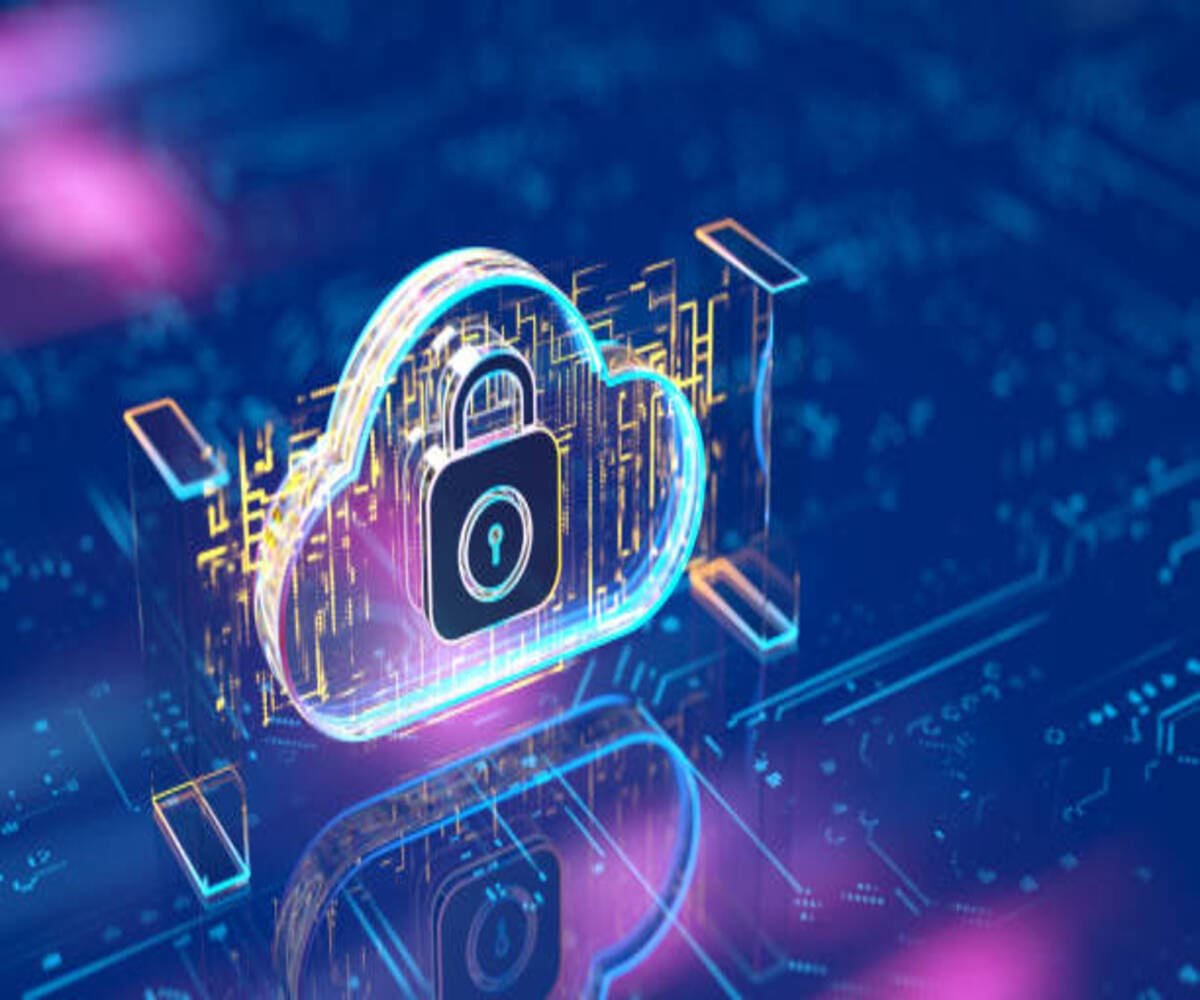Introduction
Cloud computing has revolutionized business operations, offering scalability, flexibility, and cost efficiency. However, with these advantages come significant security and compliance challenges. Understanding Cloud Security & Compliance is crucial for management professionals, IT specialists, and business leaders to ensure data integrity, regulatory adherence, and cyber resilience.
This guide provides a structured learning approach to mastering Cloud Security & Compliance, focusing on key concepts, best practices, and industry standards.
Learning Objectives
- Understand Cloud Security Fundamentals: Learn about data protection, network security, and identity management in cloud environments.
- Explore Compliance Standards: Gain insights into major regulatory frameworks such as GDPR, HIPAA, SOC 2, and ISO 27001.
- Identify Security Risks & Threats: Recognize common vulnerabilities, cyber threats, and mitigation strategies.
- Implement Best Practices: Develop hands-on expertise in encryption, access control, and security auditing.
- Adopt a Governance Model: Learn how organizations implement compliance programs and governance strategies in the cloud.
- Prepare for Cloud Security Certifications: Get insights into industry-recognized certifications like CCSP (Certified Cloud Security Professional), AWS Security Specialty, and Google Cloud Security Engineer.
1. Understanding Cloud Security Fundamentals
a. Data Security & Encryption
- Importance of data encryption (in transit & at rest)
- Role of public-key infrastructure (PKI) and digital certificates
- Secure cloud storage strategies
b. Identity & Access Management (IAM)
- Role-based access control (RBAC) & multi-factor authentication (MFA)
- Best practices for secure user authentication
- Managing privileged access to critical data
c. Network Security in Cloud
- Securing virtual private networks (VPNs) and firewalls
- Intrusion detection & prevention systems (IDS/IPS)
- Secure API management & microservices security
2. Compliance Standards in Cloud Computing
a. Key Compliance Frameworks
- GDPR (General Data Protection Regulation) – Protecting user privacy in the EU
- HIPAA (Health Insurance Portability and Accountability Act) – Healthcare data security
- SOC 2 (Service Organization Control 2) – Cloud service provider compliance
- ISO 27001 – International security management standard
b. Achieving Compliance in Cloud Services
- Understanding shared responsibility model in cloud security
- Compliance audits & reporting
- Automating compliance checks with cloud tools
3. Identifying & Mitigating Cloud Security Risks
a. Common Security Threats
- Data breaches & cyber-attacks
- Insider threats & misconfigurations
- Phishing, ransomware, and malware risks
b. Risk Management Strategies
- Conducting regular security audits
- Implementing Zero Trust Architecture
- Incident response & disaster recovery planning
4. Best Practices for Cloud Security & Compliance
a. Secure Cloud Infrastructure
- Deploying multi-layered security approach
- Using cloud-native security tools (AWS Security Hub, Microsoft Defender, etc.)
- Implementing continuous security monitoring
b. Compliance-Driven Security Controls
- Using encryption tools for compliance
- Automating compliance reporting
- Ensuring vendor compliance in multi-cloud environments
5. Cloud Security Certifications & Career Path
Recommended Certifications for Professionals:
- CCSP (Certified Cloud Security Professional) – Broad cloud security expertise
- AWS Certified Security – Specialty – AWS-specific security knowledge
- Google Professional Cloud Security Engineer – Google Cloud security specialization
- Certified Information Systems Security Professional (CISSP) – Advanced security management
These certifications validate expertise and open opportunities in cybersecurity, risk management, and cloud governance.
Conclusion
Cloud Security & Compliance is a vital area for IT and business professionals navigating the digital transformation landscape. By mastering cloud security principles, understanding compliance requirements, and implementing best practices, organizations can mitigate risks and ensure secure cloud adoption.
For structured online courses, certifications, and workshops on Cloud Security & Compliance, explore SignifyHR’s learning resources. Equip yourself with industry-relevant skills and stay ahead in the evolving cybersecurity domain.
Start your cloud security journey today !

